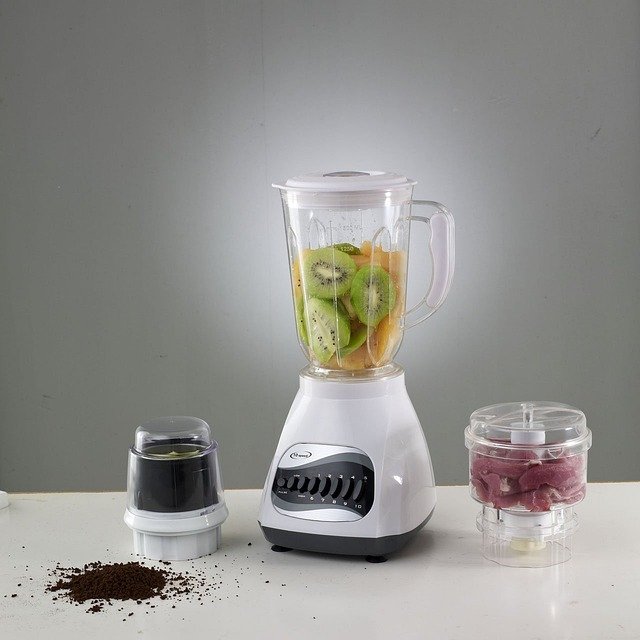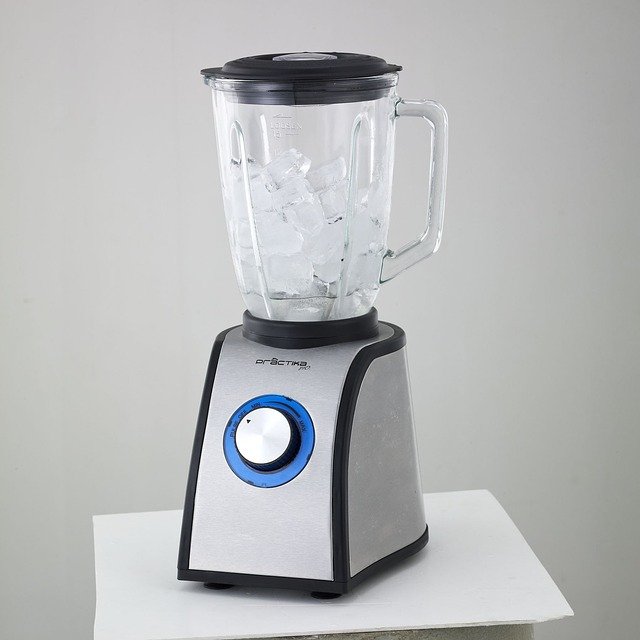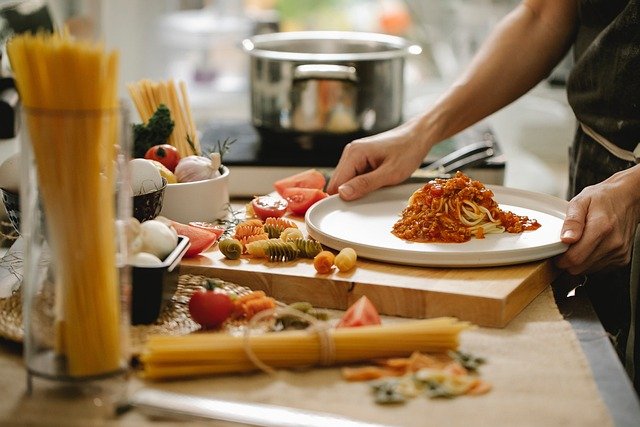Tips You Need To Know About Your Food Processor
Of all the appliances in our kitchen, the food processor is the most versatile and proven mainstay. There’s so much you can do with it that you don’t comprehend.
Don’t let your food processor accumulate grime in the rear of your kitchen cabinets. Instead, uncover 10 food processor techniques you didn’t know and should!Rediscover The Power Of Your Food Processor

We earn a commission for products purchased through some links in this article. As an Amazon.com Services LLC Associate, we earn a commission from any qualifying purchases at no cost to you.
Recently, I decided to take out my food processor and put it to good use. When I first purchased it, I thought I’d never remove it off my countertop. Instead, unfortunately, it became one of those unused household appliances.
Additionally, if you don’t own a food processor, you need to take a look at all the interesting things you can do with one. Today, we will cover guidelines about this potent instrument and how to fall in love with yours again.
Safety & Proper Use Tips
First, let’s commence with some tips to ensure you use your food processor effectively and safely. Your food processor features many attachments, and the blades are very pointed. We always need to exercise appropriate safety measures when using any kitchen appliances.
Safety Comes First!
1- Always let heated liquids calm down. Bring heated ingredients to room temperature before adding them to your food processor.
2- always insert the blade before adding any food items. Remember, always position the blade precisely in place. If the blade fits inaccurately, you can harm yourself and damage the processor.
3- The pulse trigger, largely underused, had many applications. You have more control with the pulse button and don’t risk overprocessing your food. Pulsing is ideal for foods like scallions, almonds, coffee, and other food you need to mince. It’s also excellent for creating delectable salsa too!
4- Before you process meats and cheese, it’s best to chill them beforehand partially. This manner, they will not transform to pulp and integrate flawlessly.
5- No boiled potatoes, please! Avoid creating pureed potatoes in your food processor. They tend to develop a gluey texture and flavor. Your stand mixer does a much superior job of things, so use that instead.
6 – Food Processor Features & Attachments
With a broad array of food processors on the market, always make sure the one you choose comes with a variety of attachments. To make the most of your new tool, you’ll want to make sure you search for one with multiple attachments.
Typically, search for two shredding discs, a slicing disc, a plastic dough blade, and a standard metal blade. You can use them for slicing, chopping, dicing, mincing, pureeing, massaging, and combining. Since some food processors don’t have all the same attachments, you can feel dismayed when you uncover missing attachments.
For example, this Braun 12 Cup Food Processor comes with 8 attachment blades. You can use them to mince, slice, emulsify and knead, or even get a vitamin boost with the juicer attachment!
7 – Churn Heavy Cream Into Butter
Did you know you can create butter with your food processor? Well, you can and fast too! It’s less expensive to produce your own butter, and since it’s from fresh, healthier for you.

All you need to do is transfer cream into the processor, add 1 tablespoon of Crème Fraiche to the cream. Doing so will give the flavor very similar to cultured butter. Make sure you add enough cream, so it elevates above the blade. For example, you can use 2 containers of cream for an 11 cup processor. Typically, this will yield about 1 cup of butter.
Next, turn the processor on moderate speed until you see the butter solids start to separate from the liquid. Generally, this takes anywhere from 4 to 7 minutes. At this point, you will see the butter particulates coalescing into lovely clusters once it passes the frothy cream stage.
Then, once you see the liquid separated from the butter, which is buttermilk, you can empty it out of the processor. Since we don’t want to squander this delectable buttermilk, you can make biscuits, a delicious Chocolate Buttermilk Cake, or a beverage with it too.
Rinsing Is Important
It’s also a good idea to cleanse the butter with lukewarm water. Just add lukewarm water to the processor and stir it around a bit. You don’t want to neglect this step as it removes superfluous proteins from the butter. Not draining can cause it to go rancid more rapidly. Keep rinsing and disposing of the liquid until the runoff flows clean.
Plus, you can add some delectable flavors to the butter too. For example, salt, garlic, herbs, or try some sweet cinnamon sugar or orange zest.
Lastly, you’ll want to strain the butter. Scoop the butter into a kitchen towel or cheesecloth and give it a thorough twirl. This way, you can gently cajole out any residual liquid. Now, you can preserve it in your frig and savor!
8 – Avoid Damaging Your Food Processor
While using your food processor, you want to guarantee damaging it or, of course, yourself! Above all, do not process securely frozen foods or very rigid food items. To test, if you can’t pierce the food with the point of a sharp utensil, don’t place it in your processor.
Using culinary items that are too firm can damage the blades and the machine as well. First, always evaluate any food items you believe might fit into this criteria. Just because the processor has very fine blades, doesn’t mean you can mince or grate everything.
9 – Always Check The Type Of Processor You Buy
Some food processors do not fare well for grinding coffee beans, cereals, or firm seasonings. Even inedible bones don’t metabolize well in some models. That’s why before you purchase one, always examine the specifications to make sure it can do the task you need.
For instance, I own two types of food processors, a Cuisinart Mini-Prep Plus Processor for lesser tasks, and Cuisinart Prep 11 Plus for the heftier responsibilities. I adore and use them both but for various recipes and prep-work. It’s necessary to know the limits of your processor and this way, you will never feel disappointed.
10 – Removing Stains On From Your Food Processor
Did you realize you can easily remove stains from your food processor as well? An excellent tip to keep dishwashable elements from staining – never place them in the dishwasher with soiled plates. Foods like tomato sauces or other heavily colored foods can taint the parts.
If these plastic portions should discolor, sanitize them with citrus juice. Lemon juice does a fantastic job of removing most stains. You can also use an all-purpose stain remover as well. Also, be sure to rapidly cleanse the liner between foods to avoid and eliminate the cross-contamination of foods.
In concluding, I trust you were able to acquire some excellent recommendations about using your food processor. Don’t let it accumulate grime anymore! There’s so much you can do with it, and the recipes are endless!





